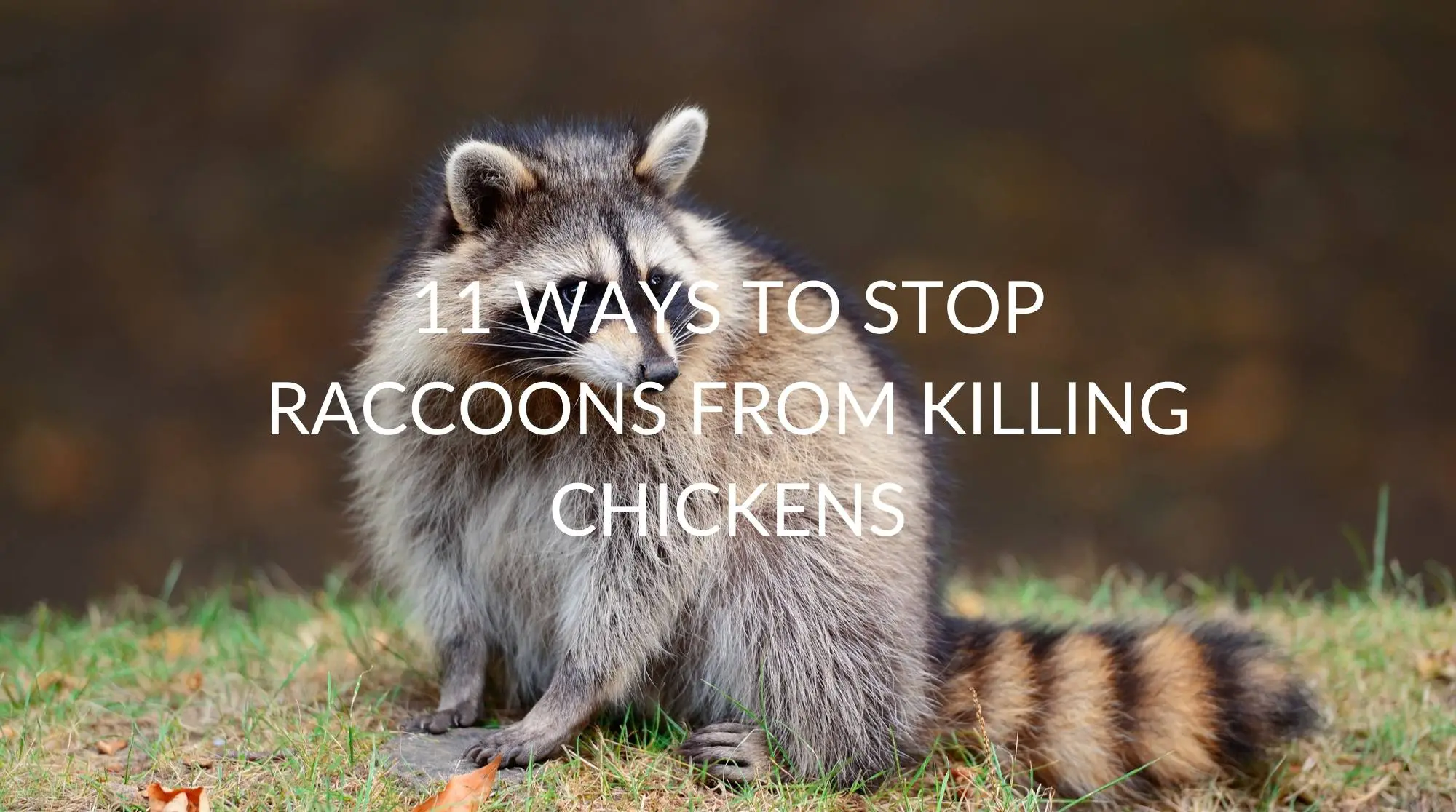
While you may be able to exterminate predators such as foxes and raccoons, eliminating raptors is not an option. Hawks and owls kill in similar ways, often eating the head and neck and perhaps leaving deep cuts in other portions of the bird from their sharp talons and beaks. Again, they will carry the birds off to another location to consume them. They have been known to enter coops at night to get birds. Owls, on the other hand, will predate on the birds in early morning, late evening and at night (Figure 2).

While eagles and hawks will take birds during daytime and will eat larger birds at the kill site, they will carry smaller birds up in a nearby tree to consume them (look for feathers under the tree). Raptors Include Hawks, Eagles and Owls Figure 2. They often use their claws when taking birds so look for scratch marks along the side and back of the dead bird left behind and/or on any survivors. Bobcats will take birds of any size and leave behind only a few feathers. Cats have been known to kill full-grown chickens, consume the meaty parts, leaving the rest scattered around. They will eat small chicks entirely but leave the wings and feathers of young birds. While most people think of cats as pets, they can be deadly predators of chicks and young birds. Coyotes can dig into fenced areas rapidly and can jump fences up to 5 feet high.įelines Include Common House Cats (Including Feral Ones) and Bobcats

A coyote often tunnels under the pen or forces its way in, leaving evidence, while a fox rarely leaves such evidence behind. Coyotes will also take chickens and leave signs similar to foxes, making it difficult to identify the predator. Footprints and scattered feathers are often the only clues left behind both in and outside the coop, as foxes usually take the birds back to their den or another safe area. Foxes may remove several birds from the coop in a single raid/ attack. They are often more of a problem in spring when they are raising young and other food sources are in short supply. Foxes are careful and may stake out a coop for several days before they attack. Foxes are intelligent, sly and persistent once they find that they can get an easy meal. Foxes are notorious predators on poultry farms in rural areas but can also be a problem for those in town. Most dogs do not cause trouble unless they are running in a pack. Some will take a bird home with them, making it easier to identify the culprit. Dogs will often chase and maul birds and leave them lying around the yard. This problem can be especially troublesome for those that live close to neighbors or subdivisions. Young dog with chickenĭogs are one of the most common poultry predators (Figure 1). If you choose to raise birds, it is imperative that you take every precaution to prevent predation.Ĭanine Predators Include Dogs, Foxes and Coyotes Figure 1.

Losing birds to predators can cause heartache as well as financial losses. Protecting your birds is a full-time job. Predation increases when birds roam outside without protection, especially if the farm/residence is located near woods or a forest. These problems are even worse if the birds are pets or part of a 4H/FFA project. While some predators will only kill/take birds, others will also cause damage to your coops, barns, or fields. This damage can range from an occasional bird loss to many birds nightly until the problem is fixed. While more often a problem for small and backyard flocks, predators can cause damage and loss of birds on farms of all sizes (Table 1). Owning a flock of chickens can be a rewarding and educational hobby as well as a source of fresh eggs.


 0 kommentar(er)
0 kommentar(er)
